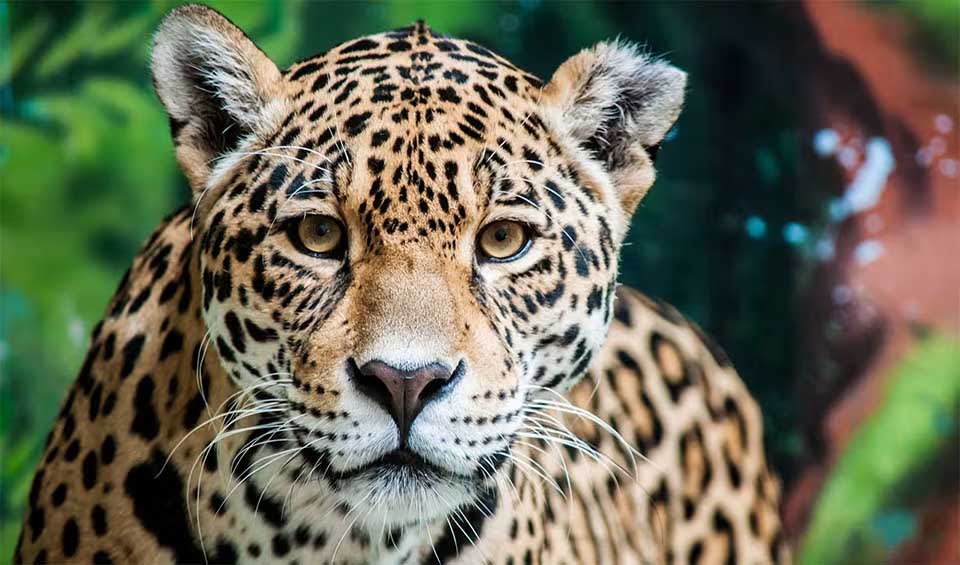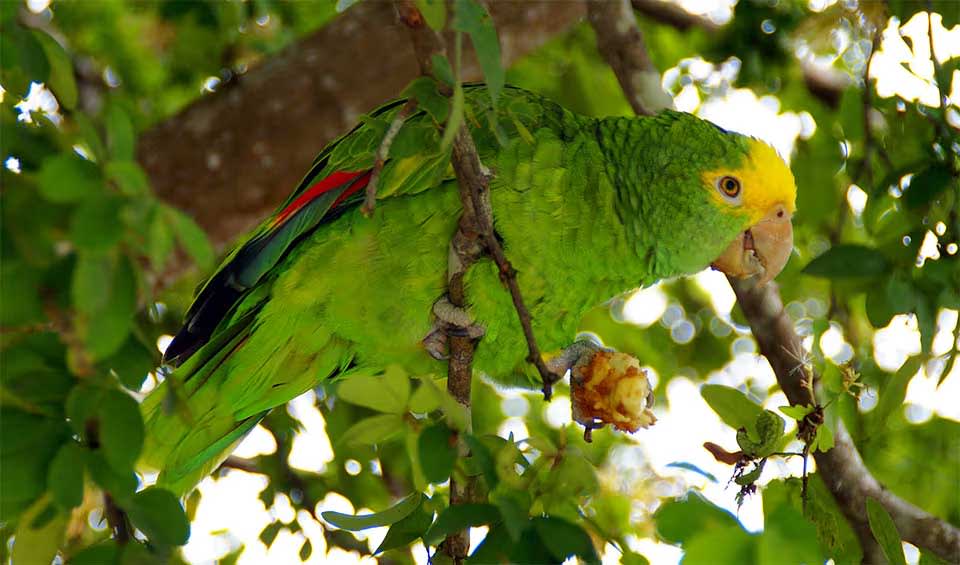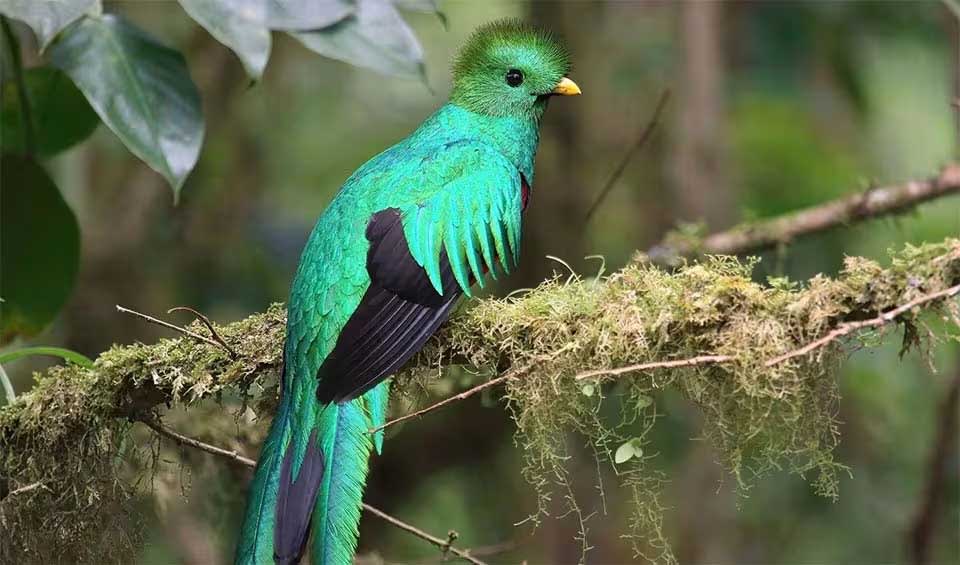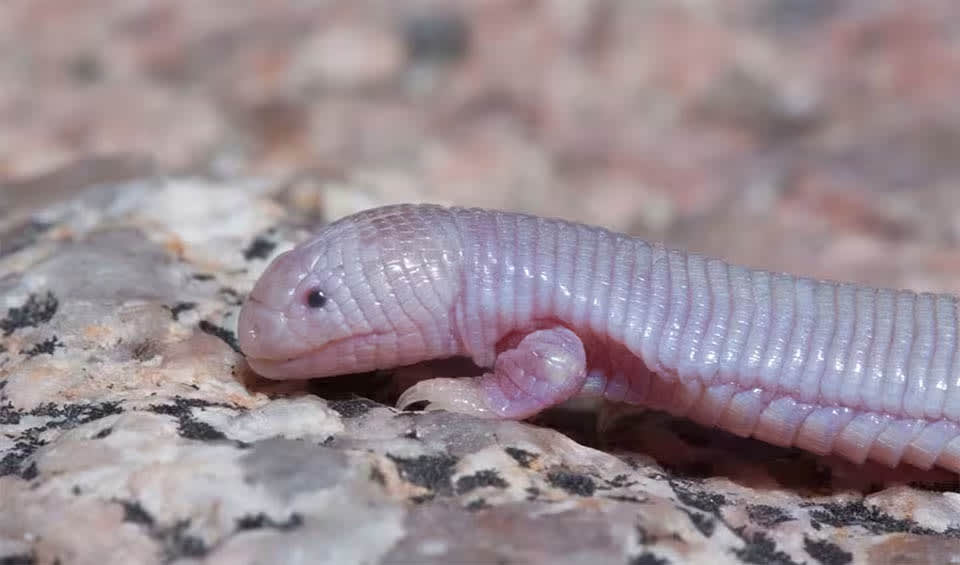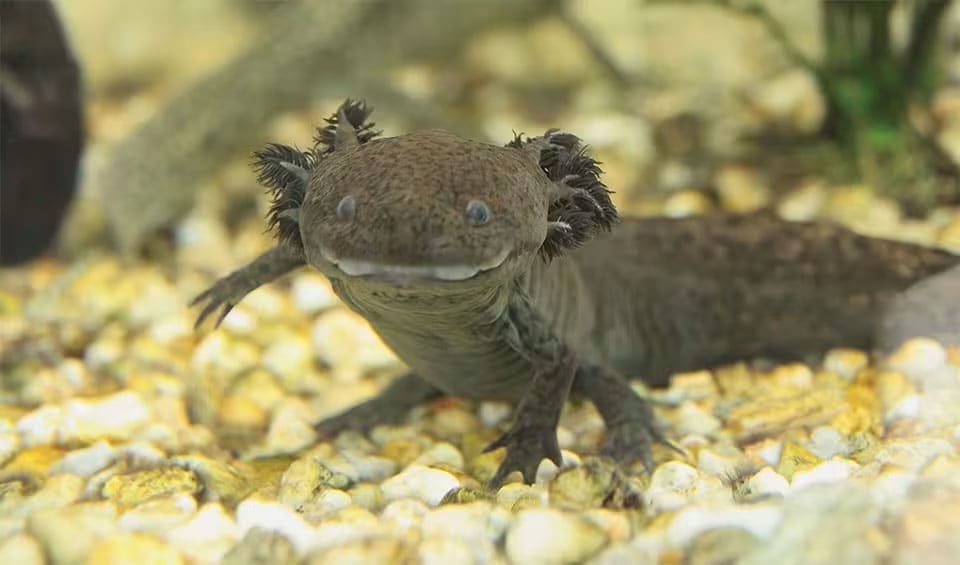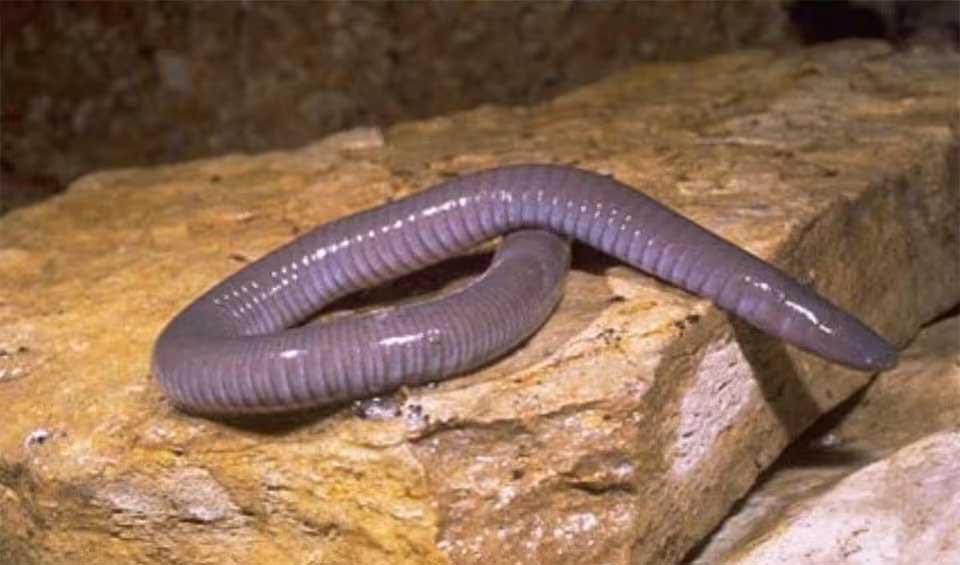Mexico is not all about famous beaches and spicy tacos—it’s also home to the most incredible wildlife on the planet. From the jaguars, the largest big cats in the Americas, to the third most intelligent primate— spider monkeys swinging through its rainforests or the remaining ‘ten’ critically endangered Vaquita, found in Mexico’s waters. The country stands out globally for its extraordinary biodiversity and as a key center for the origin of cultivated plants.
Unfortunately, every year, Mexico loses about 477.70 km² (184.44 mi²) of forests and jungles for agricultural expansion. Approximately 28.7% of the country’sterritory has lost natural ecosystems, with the remaining areas
often facing degradation. Conservation efforts have preserved only half of the rainforests and forests.
Due to a lack of incentives for diversification, mostly monoculture cash crops dominate agriculture. Native species have suffered because of aquaculture, which mostly raises foreign shrimp and fish. Indigenous communities rely on non-timber forest products (NTFPs) for various needs like food and medicine. Mexico is actively valuing ecosystem services to protect biodiversity, with initiatives like SEEA, EEA, BIOFIN, and WAVES playing important roles.
Four pillars elaborated:
Mexico’s biodiversity is protected with 225 protected natural areas, covering 14.6% of its land and 21.56% of its marine and coastal areas. These areas, managed by the federal body National Commission of Protected Natural Areas (CONANP), include 48 Biosphere Reserves, 77 National Parks, 54 Flora and Fauna Protection Areas, 28 Nature Sanctuaries, 13 Natural Resources Protection Areas, and 05 Natural Monuments. Land Management
Land Management
Recently 179.18 km² (69.182 mi²) of new protected zones were added. Despite this, around 29% of the territory has lost natural habitats, with only half of remaining forests in primary conservation status. Approximately 70% of forests are owned by rural communities that don’t have the resources and skills to maintain them sustainably. Large budget cuts to environmental agencies make management inefficient.
Agriculture, covering half of the land, supports over 50% of the country’s species but is also responsible for habitat degradation. Community-based conservation remains crucial to overcome these issues and conserving the rich biodiversity.
Mexico’s exceptional biodiversity, encompassing 10 to 12% of global biodiversity on just 1.5% of the Earth’s land, faces significant threats. Ranked third in diversity of mammals and second in diversity of reptiles, including a large number of endemic species. There are over 5,000 types of plants, including 3,000 used in traditional medicine. According to official records, Mexico lists 1,185 species under special protection, 475 as endangered, 896 as threatened, and 49 as extinct. Threats to Biodiversity
Threats to Biodiversity
This diversity is endangered by critical pressures, including habitat loss from agriculture and deforestation, which are worsened by water mismanagement and pollution from urban and agricultural runoff. The Mesoamerican Biological Corridor, which is crucial for species, is particularly at risk. Mexico’s Red List Index score, 0.67, indicates a high extinction risk due to these threats.
Climate change increases complexity (with a 0.6°C temperature rise since 1971), impacting biodiversity and compounding risks from habitat loss and invasive species. Weak enforcement of protective laws and organized crime groups further destroy ecosystems through activities like illegal logging and wildlife trade.
The country aims to integrate agriculture with conservation, supporting rural communities managing biodiverse lands. Urgent changes and updates to protection laws and species assessments are required to protect the country’s rich biodiversity against looming threats.
Mexico has amended several laws since 2001 to enhance environmental
governance and ensure fair treatment of indigenous peoples. General Law on Sustainable Forestry Development, General Wildlife Law, Law of Sustainable Rural Development, Law on Biosafety of Genetically Modified Organisms, and the General Law on Climate Change are few important laws. Capacity and Governance
Capacity and Governance
The Mexican Forest Fund and international partners have significantly contributed to conservation efforts, as well as building internal forest management capacity with loans and grants from sources like the Forest Investment Program (FIP). Numerous projects have also been financed by private contributors. Monitoring programs, institutional information systems, and strategic plans like the National Development Plan and various biodiversity strategies are in place to strengthen governance. Initiatives like the Global Capacity Initiative underlines the need for improved resources. Recently, 225 protected areas were allotted about 10.7 pesos ($0.63) per hectare (in 2024), which is not enough for efficient conservation. Budget reductions have drastically reduced the Federal Attorney for Environmental Protection’s resources by almost 30% since 2016.
Mexico is updating its National Biodiversity Strategy and Action Plan (NBSAP) to strengthen conservation and environmental protection initiatives. The objectives of this whole plan are to improve biodiversity knowledge, restore ecosystems, promote sustainable management practices, reduce environmental threats, upgrade environmental education, and strengthen governance frameworks. Mexico plans to maintain biodiversity and ecosystem functionality by 2030 to ensure continuous ecosystem services essential for the well-being of its population. To achieve sustainable biodiversity management, the strategy prioritizes cross-sector collaboration, co-responsibility, transparency, and inclusivity. Future Trends
Future Trends
Detailed action plans, deadlines, and coordination mechanisms involving government, civil society, and private sectors are essential elements. Also, to mainstream biodiversity conservation, Mexico is combining incentives within the environmental sector and coordinating policies across forestry, agriculture, fisheries, and tourism. The country’s ratification of the Nagoya Protocol represents its commitment to the sustainable management and equitable use of genetic resources.
Biodiversity
Mexico’s tropical rainforests, primarily located in the southeast, are some of the most biologically diverse areas on the planet. The Lacandon Jungle, for instance, is home to iconic species such as howler monkeys and scarlet macaws. These rainforests are also rich in plant diversity, with countless species of trees, orchids, and other flora contributing to the lush, vibrant ecosystem. The country’s mountainous regions, including the Sierra Madre ranges and the Trans-Mexican Volcanic Belt, are particularly rich in biodiversity. These areas host a variety of ecosystems, from temperate forests to alpine environments, providing habitats for species such as the Mexican wolf and puma. The cloud forests in higher elevations are home to numerous endemic species of plants, birds, and amphibians, such as the resplendent quetzal and the volcano rabbit.The country’s extensive coastal regions and marine environments add another layer of biodiversity. The Baja California Peninsula, with its unique desert and coastal ecosystems, supports a variety of plant and animal life, including the critically endangered vaquita porpoise. The Gulf of California, often called the “Aquarium of the World,” is teeming with marine life, including whales, sea turtles, and many fish species. On the other hand, Mexico’s deserts, such as the Chihuahuan and Sonoran deserts, host a surprising array of life adapted to the arid conditions. These deserts are home to unique plant species like the saguaro cactus and the agave and animals such as the roadrunner, kit fox, and various reptiles.
In the table below are the number of known species in several main groups, how many of these species are Threatened with extinction, and how many of them are Endemic (unique to Mexico only):
| Species (World rank) |
Threatened | % Threatened | Endemic | % Endemic | |
|---|---|---|---|---|---|
| Mammals | 580 (#5) | 96 | 16.6% | 212 | 36.6% |
| Birds | 1,094 (#11) | 68 | 6.2% | 127 | 11.6% |
| Reptiles | 1,021 (#2) | 97 | 9.5% | 448 | 43.9% |
| Amphibians | 424 (#8) | 219 | 51.7% | 290 | 68.4% |
| Fishes | 2,646 (#11) | 279 | 10.5% | 228 | 8.6% |
| Plants | 25,257 (#7) | 484 | 1.9% | 3,959 | 15.7% |
mammals
Jaguar
This solitary cat is America’s largest feline and the world’s third, after the tiger and the lion
American black bear
America’s smallest and most widely distributed bear, endemic to North America
Cozumel raccoon
Much smaller than the raccoons you might see in other places, and it has some unique looks
birds
Yellow-headed parrot
A genius of the jungle with a vibrant fashion sense
Resplendent quetzal
This beauty, also known as the “God of the air”, is the national bird of Guatemala and its official currency!
Harpy eagle
The world’s most spectacular and most robust eagle species serves a critical ecological role in the ecosystem they live in
reptiles
Mexican mole lizard
A mix between a worm and a lizard, with a surprising trick up its sleeve – tiny legs!
Green sea turtle
Largest hard-shelled sea turtle on earth
Gila monster
A small group of nest predators that contains venomous lizards
amphibians
Axolotl
With a cartoonish face that resembles a smiling emoji, Axolotl is among the most famous amphibians
Mexican burrowing caecilian
The shy caecilian is an excellent burrower with a sleek, eel-like body and beady eyes
Southwestern toad
Adapted to survive in the semi-arid, rocky mountain environments
National Animals
Golden eagle
This majestic brown raptor is most widely distributed eagle species
Crested caracara
Got the looks of a hawk with the scavenging habits of a vulture
